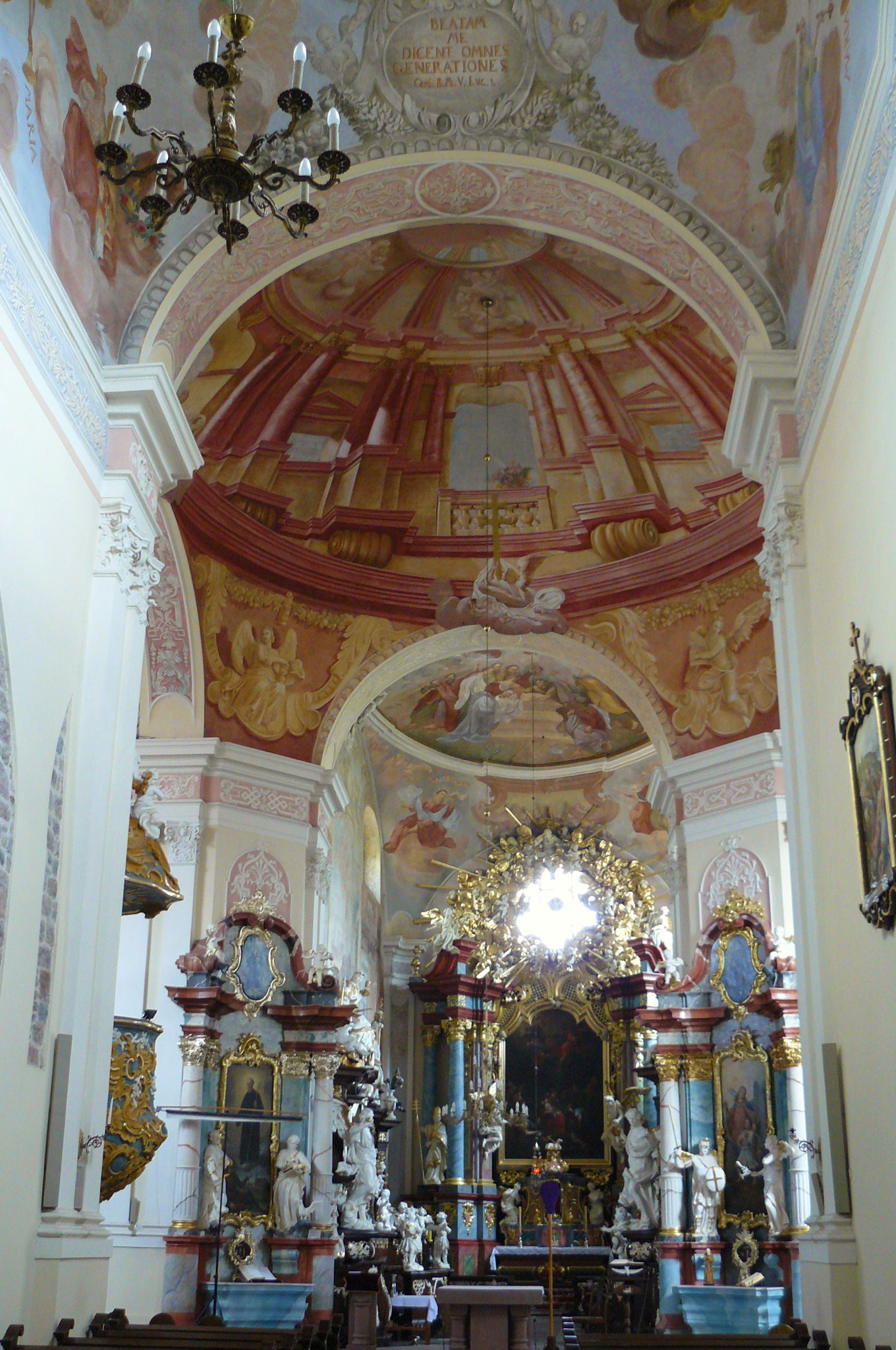LubiŇĄ, KoŇõcian County on:
[Wikipedia]
[Google]
[Amazon]
LubiŇĄ is a
 LubiŇĄ is the site of the Church of the Nativity of the Blessed Virgin Mary. The present structure dates from the 18th century but rests on 12th century Romanesque foundations, and other Gothic structural elements. A number of
LubiŇĄ is the site of the Church of the Nativity of the Blessed Virgin Mary. The present structure dates from the 18th century but rests on 12th century Romanesque foundations, and other Gothic structural elements. A number of
village
A village is a human settlement or community, larger than a hamlet but smaller than a town with a population typically ranging from a few hundred to a few thousand. Although villages are often located in rural areas, the term urban v ...
in the administrative district of Gmina KrzywiŇĄ, within KoŇõcian County, Greater Poland Voivodeship
Greater Poland Voivodeship ( ) is a Voivodeships of Poland, voivodeship, or province, in west-central Poland. The province is named after the region called Greater Poland (''Wielkopolska'' ). The modern province includes most of this historic re ...
, in west-central Poland. It lies approximately east of KrzywiŇĄ, south-east of KoŇõcian
KoŇõcian () () is a town on the Obra, Greater Poland Voivodeship, Obra canal in west-central Poland, with a population of 23,952 inhabitants as of June 2014. Situated in the Greater Poland Voivodeship, it is the capital of KoŇõcian County.
History ...
, and south of the regional capital PoznaŇĄ
PoznaŇĄ ( ) is a city on the Warta, River Warta in west Poland, within the Greater Poland region. The city is an important cultural and business center and one of Poland's most populous regions with many regional customs such as Saint John's ...
.
Church of the Nativity of the Blessed Virgin Mary
sarcophagi
A sarcophagus (: sarcophagi or sarcophaguses) is a coffin, most commonly carved in stone, and usually displayed above ground, though it may also be buried. The word ''sarcophagus'' comes from the Greek ŌÉő¨ŌĀőĺ ' meaning "flesh", and ŌÜő ...
are incorporated in the nave and nave chapel, notably the tombs of WŇāadysŇāaw III Spindleshanks
WŇāadysŇāaw III Spindleshanks (; b. 1161/67 ‚Äď 3 November 1231), of the Piast dynasty, was Duke of Greater Poland (during 1194‚Äď1202 over all the land and during 1202‚Äď1229 only over the southern part), High Duke of Poland and Duke of Krak√≥w d ...
and the abbot Bernard WńÖbrzeŇļno. The Baroque decor includes stalls with integrated work by Jan Jerzy UrbaŇĄski.
The church is one of Poland's official national Historic Monuments as designated December 12, 2009, and tracked by the National Heritage Board of Poland.
References
Villages in KoŇõcian County {{KoŇõcian-geo-stub